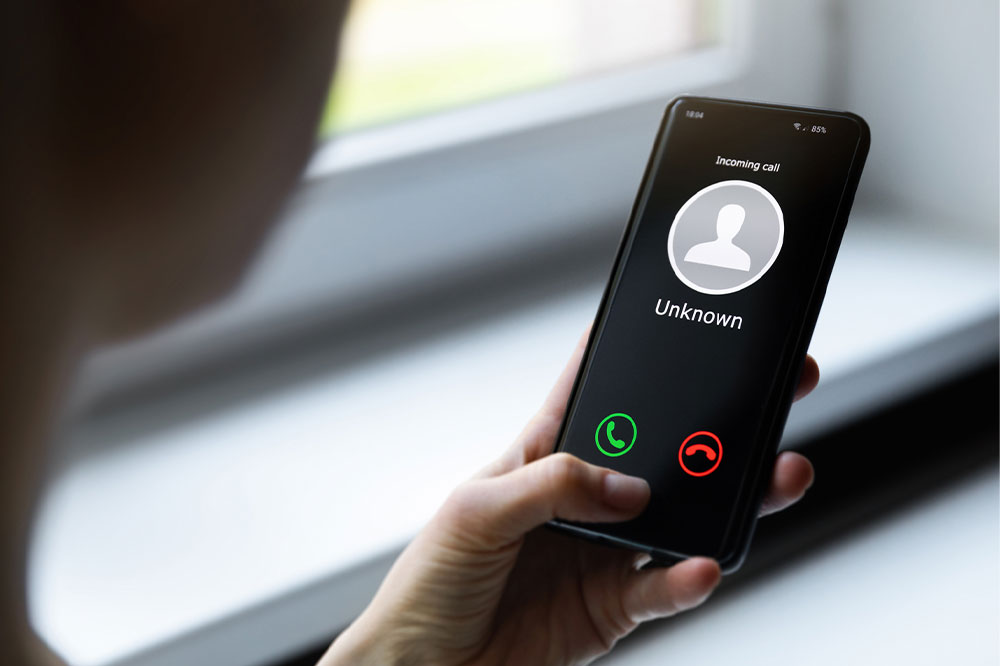Avoid these 5 phone mistakes to prevent online fraud

Today, excessive reliance on digital devices to stay connected has made it easy for scammers and fraudsters to gain unauthorized access. Often you would have come across news on phone scams and online fraud affecting unsuspecting users. But you can control this risk and prevent falling for such scams by breaking certain habits. Here are a few common mistakes you must recognize and avoid when using your phone to keep scammers at bay:
Entertaining random requests
One of the longest-running phone scams is unknown numbers making calls to inform the receiver about a certain cash prize or once-in-a-lifetime opportunity to make money. Scammers can exercise manipulation tactics on call by creating a sense of urgency and putting unnecessary pressure on you to make a quick decision. You might unknowingly agree to an action that exposes your banking or personal details on the call. So, avoid entertaining such calls where the caller pushes without a verifiable, legitimate cause to gain information.
Not checking caller ID
Caller ID serves an important purpose. Some companies and apps also provide access to detailed caller ID services, usually as part of a premium subscription. You also get dedicated filters to block spammers and scammers from targeting your number. So, you should use the services available and check the caller ID before answering and relying on the caller for accurate identification.
Clicking on unverified links
Text messaging services do filter out most of the spam by default. You can even enable additional settings in the phone to protect your privacy and prevent messages from requesting location or data access. But occasionally, fraudsters take advantage of current news and launch schemes to offer rebates or discounts on transactions. These messages come with embedded links claiming the one-time offer can be activated with a single click exposing your phone to a world of fraud. Never click on such links, even if sent from a seemingly legitimate number or email ID, as scammers can easily mask the number and make it look legit.
Not educating others
Older adults who don’t use phones or smartphones regularly may not be cautious enough and fall prey to such scams. You need to take some time to educate older adults in your family about the potential risks of answering calls from unknown numbers with blocked caller IDs or clicking on unknown links. You can teach them to dodge pressurizing calls and report the number to the authorities. Many fail to report scams allowing fraudsters to get away. Seniors should be educated about scams where the person demands money, requests OTPs, or any credentials under the false pretext of verifying the information.
Transferring the full amount
Net banking services have made it easy to transfer and receive money online. But there is no specific way to verify the authenticity of a bank account that is not added to your payee list. Transferring the full amount to such accounts exposes your phone to online scams. Once the money is wired, even the banks cannot reverse authorized transactions. By then, it will be too late. So you should first transfer a small sum to the intended payee, and after verifying it on call or in person, you can transfer the rest of the amount. This simple practice can save you a lot of hassle.



